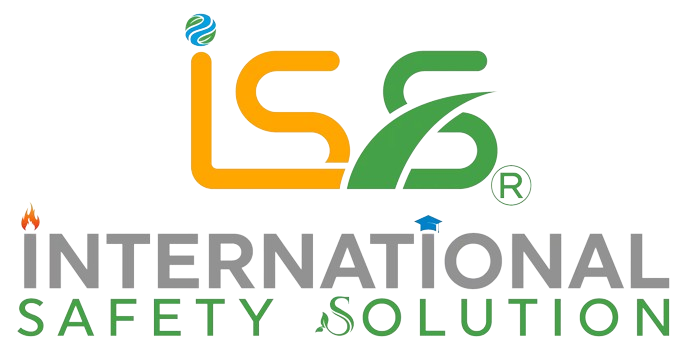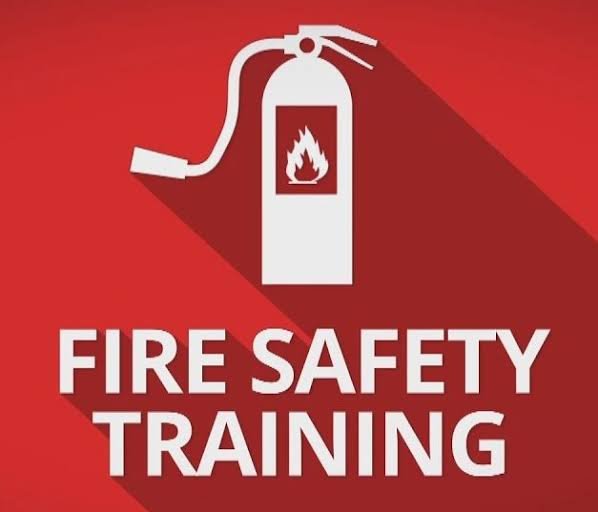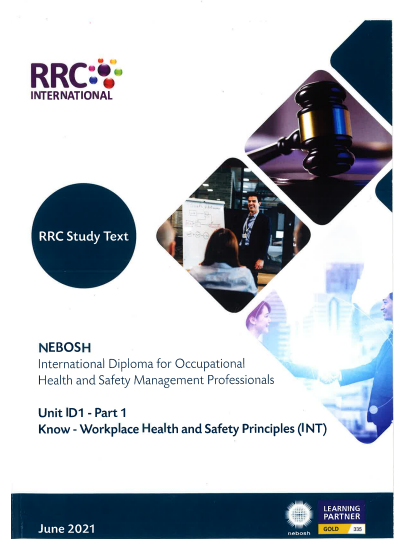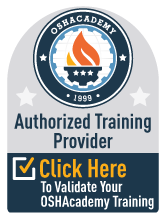Organizational Change in Safety Management: Understanding the Process and Its Impact
Organizational change is an inevitable part of growth, development, and survival in today’s competitive business environment. For safety management in particular, change brings both opportunities and challenges. Whether it is the introduction of a new safety policy, implementation of new technology, a merger, or a shift in organizational culture, safety professionals must understand how change impacts workers, systems, and performance.

One of the best frameworks to study organizational change is Kurt Lewin’s Change Model, which consists of three stages: Unfreeze, Change, and Refreeze. Graphs that explain organizational change often show movement from a state of stability → disruption → adjustment → new stability. Let’s break this down in detail:
1. Unfreeze (Preparation for Change)
This stage involves preparing the organization to accept that change is necessary.
- Awareness: Employees are made aware of why current safety systems or practices are no longer effective.
- Communication: Management must clearly explain the risks of not changing, such as accidents, non-compliance, or loss of reputation.
- Challenges: Resistance to change is common. Workers may fear new technologies, stricter rules, or unfamiliar responsibilities.
📊 Graph Representation: At this stage, performance and morale often decline slightly because of uncertainty. The curve dips as employees move out of their comfort zone.

2. Change (Implementation of New Safety Practices)
This is the stage where actual transformation begins.
- New Policies and Procedures: For example, adopting ISO 45001 standards, upgrading PPE requirements, or introducing digital reporting systems.
- Training and Education: Employees are trained on new safety practices, emergency drills, and reporting methods.
- Engagement: Management encourages participation and feedback to make employees feel involved.
📊 Graph Representation: The curve starts rising as employees adapt to new methods, though productivity and compliance may fluctuate until the change stabilizes.
3. Refreeze (Stabilization and Long-Term Adoption)
Once the change has been implemented, it needs to be reinforced and sustained.
- Policy Integration: The new safety rules become part of the organizational culture.
- Monitoring and Evaluation: Regular safety audits, inspections, and feedback systems ensure compliance.
- Recognition and Rewards: Employees who adapt and contribute to the change are recognized, strengthening commitment.
📊 Graph Representation: The curve moves upward, showing improved safety performance, higher employee confidence, and reduced incidents. This stage reflects the new “normal.”

The Emotional Curve of Change
Organizational change also affects employees emotionally. The Change Curve shows phases like:
- Shock and Denial → “Why do we need this change?”
- Frustration and Resistance → “This will make my job harder.”
- Exploration and Acceptance → “Maybe this can work.”
- Commitment and Growth → “This has improved safety for all.”
Understanding this emotional curve helps leaders provide support at each stage.
Practical Example in Safety
Suppose a company shifts from paper-based incident reporting to a digital safety management system:
- In the Unfreeze stage, employees feel unsure about using tablets or apps.
- In the Change stage, training sessions, help desks, and pilot projects ease the transition.
- In the Refreeze stage, digital reporting becomes routine, improving accuracy and response time.
Conclusion
Organizational change in safety is not just about new systems or rules it is about people. Leaders must manage the technical side of change (policies, procedures, tools) and the human side (resistance, motivation, culture). When managed effectively, organizational change leads to stronger safety performance, compliance, and a healthier workplace culture.





